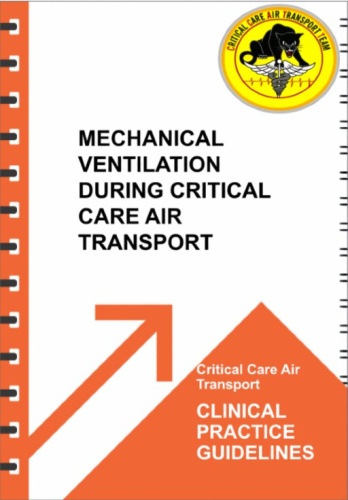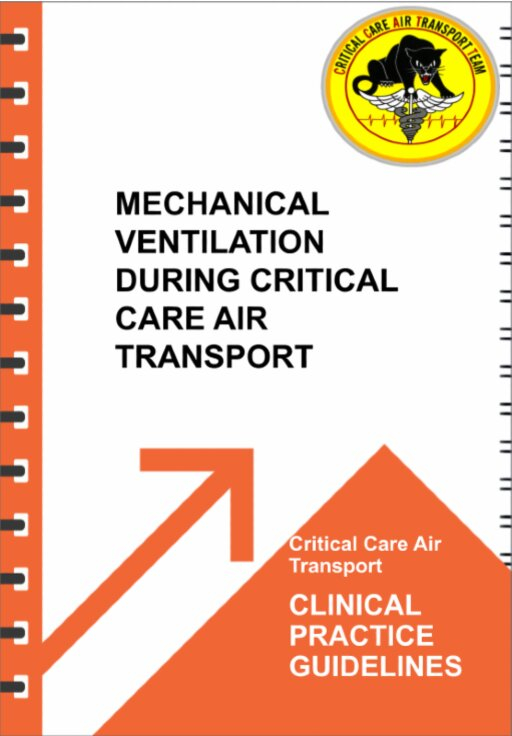Support the development of the TCCC project in Ukraine
- Background & Introduction
- Determining Stability for Flight
- Pre-flight Preparation
- Ventilator
- Oxygen
- Patient Preparation
- Basic Ventilator Management
- Mode of Ventilation
- Ventilator Settings
- Alarms
- Ongoing Management
- Airway Suctioning
- ET Tube Cuff Pressure
- Mouth Care
- Monitoring and Adjusting Ventilator Settings
- Management of Oxygen Desaturation
- Monitoring oxygen utilization
- Appendix A: Oxygen Requirements
- Appendix B: Mechanical Ventilation in ARDS
- Volume Control Ventilation
- Pressure Control Ventilation
- Tidal Volumes for Ventilation of Patients with ARDS – ARDSNET ARMA Trial
























